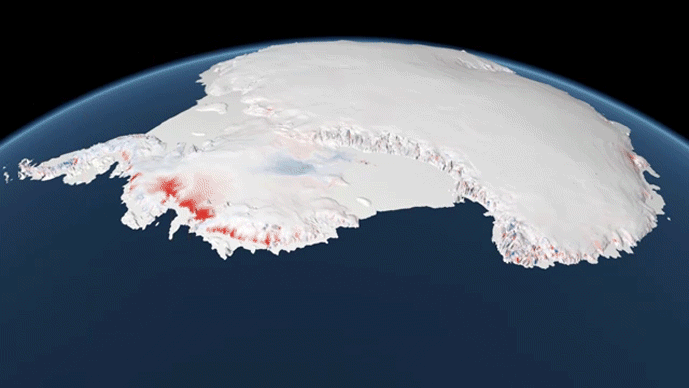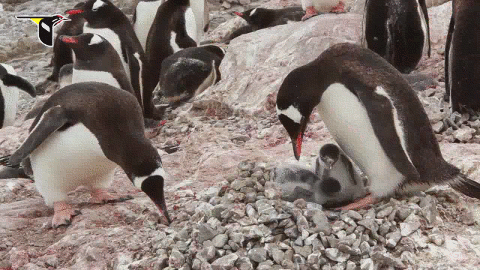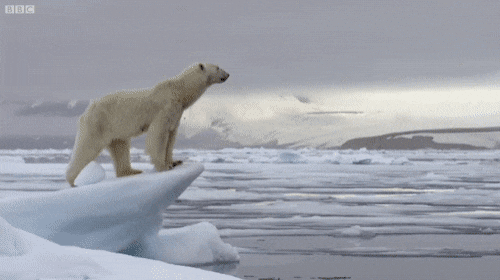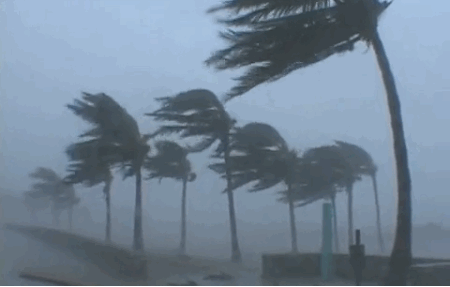 Climate Change
Climate ChangeIs global warming real?
| The planet is warming, from the North Pole to the South Pole. Since 1906, the global average surface temperature has increased by more than 1.6 degrees Fahrenheit (0.9 degrees Celsius)—even more in sensitive polar regions. And the impacts of rising temperatures aren’t waiting for some far-flung future–the effects of global warming are appearing right now. The heat is melting glaciers and sea ice, shifting precipitation patterns, and setting animals on the move. |
| Many people think of global warming and climate change as synonyms, but scientists prefer to use “climate change” when describing the complex shifts now affecting our planet’s weather and climate systems. Climate change encompasses not only rising average temperatures but also extreme weather events, shifting wildlife populations and habitats, rising seas, and a range of other impacts. All of these changes are emerging as humans continue to add heat-trapping greenhouse gases to the atmosphere. |
What You Think, Is Global Warming Real?
Scientists already have documented these impacts of climate change.
- Ice is melting worldwide, especially at the Earth’s poles. This includes mountain glaciers, ice sheets covering West Antarctica and Greenland, and Arctic sea ice. In Montana's Glacier National Park the number of glaciers has declined to fewer than 30 from more than 150 in 1910.
- Much of this melting ice contributes to sea-level rise. Global sea levels are rising 0.13 inches (3.2 millimeters) a year, and the rise is occurring at a faster rate in recent years.
 Losing ICE
Losing ICE
- As temperatures change, many species are on the move. Some butterflies, foxes, and alpine plants have migrated farther north or to higher, cooler areas.
- Rising temperatures are affecting wildlife and their habitats. Vanishing ice has challenged species such as the Adélie penguin in Antarctica, where some populations on the western peninsula have collapsed by 90 percent or more.

Challenges For Penguin
- Precipitation (rain and snowfall) has increased across the globe, on average. Yet some regions are experiencing more severe drought, increasing the risk of wildfires, lost crops, and drinking water shortages.
 Drought
Drought- Hurricanes and other storms are likely to become stronger. Floods and droughts will become more common. Large parts of the U.S., for example, face a higher risk of decades-long "megadroughts" by 2100.
Other effects could take place later this century if warming continues. These include:
- Sea levels are expected to rise between 10 and 32 inches (26 and 82 centimeters) or higher by the end of the century.
- Less freshwater will be available since glaciers store about three-quarters of the world's freshwater.
- Some diseases will spread, such as mosquito-borne malaria (and the 2016 resurgence of the Zika virus).
- Some species—including mosquitoes, ticks, jellyfish, and crop pests—are thriving. Booming populations of bark beetles that feed on spruce and pine trees, for example, have devastated millions of forested acres in the U.S.
Ecosystems will continue to change: Some species will move farther north or become more successful; others, such as polar bears, won’t be able to adapt and could become extinct.

We are the reason....
Several factors affect how much of the sun's energy reaches Earth's surface and how much of that energy gets absorbed. Those include greenhouse gases, particles in the atmosphere (from volcanic eruptions, for example), and changes in energy coming from the sun itself.
Climate models are designed to take such factors into account. For example, models have found that changes in solar irradiance and volcanic aerosols have contributed only about two percent of the recent warming effect over 250 years. The balance comes from greenhouse gases and other human-caused factors, such as land-use changes.
Is Global Warming Real?
Yes, nothing other than the rapid rise of greenhouse gas emissions from human activity can fully explain the dramatic and relatively recent rise in global average temperatures.

Thank you for reading this post, based on the research and surfing information of global warming, the above content is taken from Effects of global warming & Is global warming real?
Thank You.
@stream4u



